You’ve just planted your first basil plant. You’re excited about the fresh, aromatic leaves it will soon produce. But wait, how often should you water it? Too little and it might wilt; too much and you risk root rot. It’s a balancing act that can seem daunting, especially if you’re new to gardening.
How often do you water basil? Basil prefers well-drained soil that stays moist but not waterlogged. The frequency of watering depends on various factors such as the age of the plant, type of soil, and weather conditions. A general rule of thumb is to water when the top inch of soil feels dry to the touch. Overwatering can lead to root rot, while underwatering may cause the plant to wilt and lose its vibrant color. Therefore, it’s essential to strike a balance to keep your basil thriving.
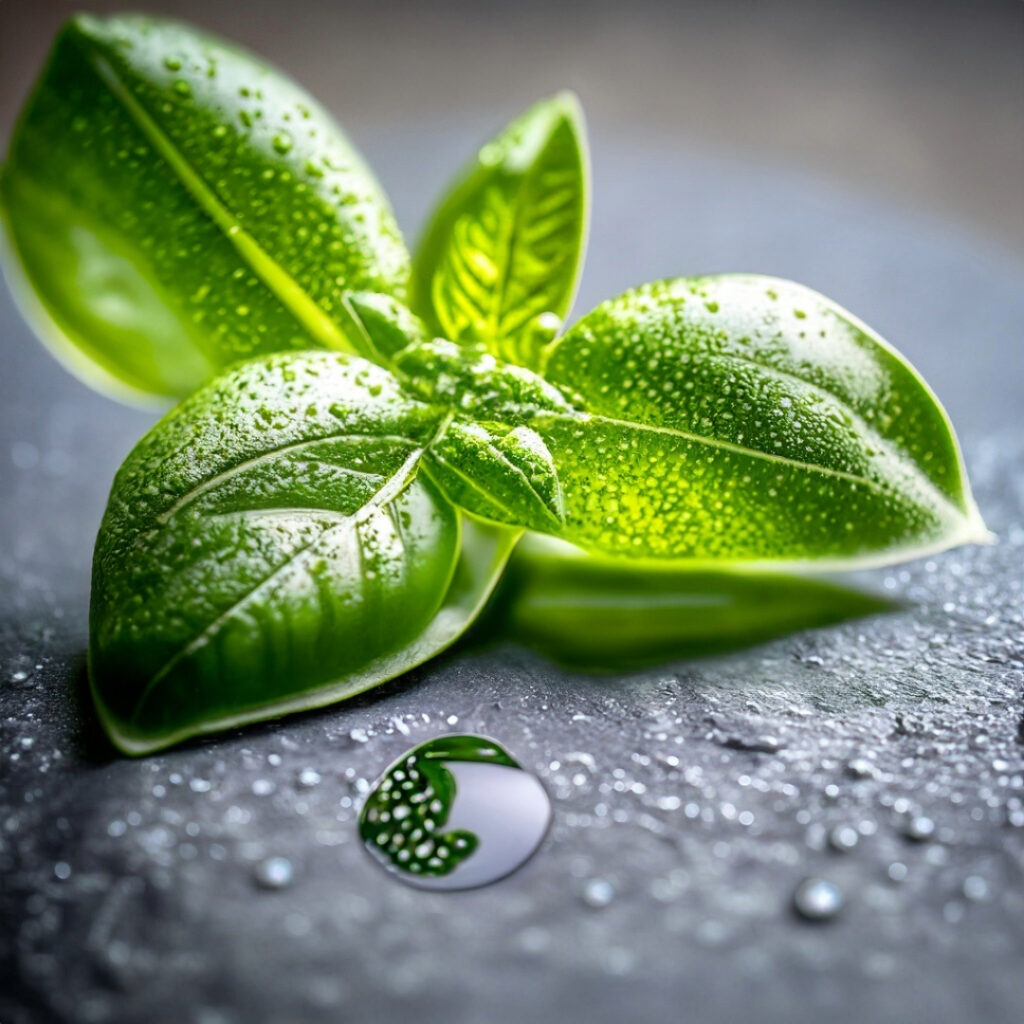
Understanding the right watering schedule for your basil is the cornerstone of a healthy, thriving plant. Whether you’re growing basil in your backyard or in a small pot on your kitchen windowsill, proper watering is crucial.
The Importance of Proper Watering
Watering isn’t just a routine task; it’s the lifeblood of your basil plant. Just like humans need water to thrive, so does your basil. But it’s not as simple as pouring water and forgetting about it. The soil and the plant itself give you clues about their hydration needs.
Why Water Matters
Water serves multiple functions in a basil plant:
- It transports nutrients from the soil to the plant.
- It aids in photosynthesis, the process by which plants make their own food.
- It helps maintain cell structure, keeping the plant upright and robust.
Soil’s Role in Watering
The type of soil you use can significantly impact how often you need to water. Loamy soil, for example, retains moisture but also allows for good drainage, creating an ideal environment for basil.
💧 Watering Wisdom: Always check the soil’s moisture by sticking your finger an inch into the soil. If it feels dry, it’s time to water your basil. 💧
Remember, overwatering can be as detrimental as underwatering. Both can lead to root rot and a host of other issues. So, listen to your plant and your soil; they’ll tell you when it’s time for a drink.
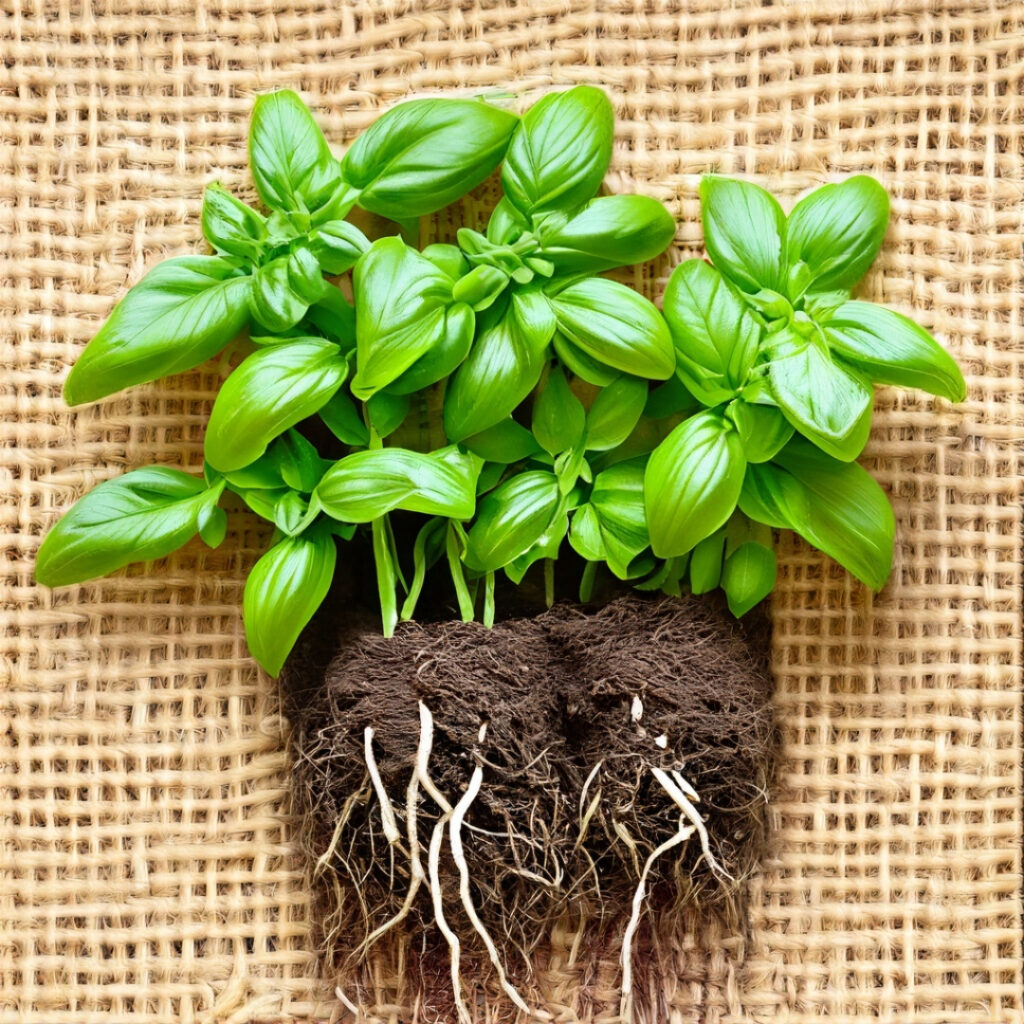
Factors Affecting Watering Frequency
So you’re wondering, “Does basil need sun and water?” The answer is a resounding yes, but how much of each depends on various factors. Let’s delve into what influences the watering frequency of your basil plant.
Age of the Plant
Younger basil plants require more frequent watering compared to mature ones. The root system isn’t fully developed in young plants, making them more susceptible to drying out.
Location
Where your basil is planted plays a significant role. Indoor plants generally require less water than outdoor ones due to controlled environmental conditions.
Type of Soil
The soil’s composition can either retain water or drain it quickly. Loamy soil is generally the best for basil as it offers a balanced water retention and drainage.
Weather Conditions
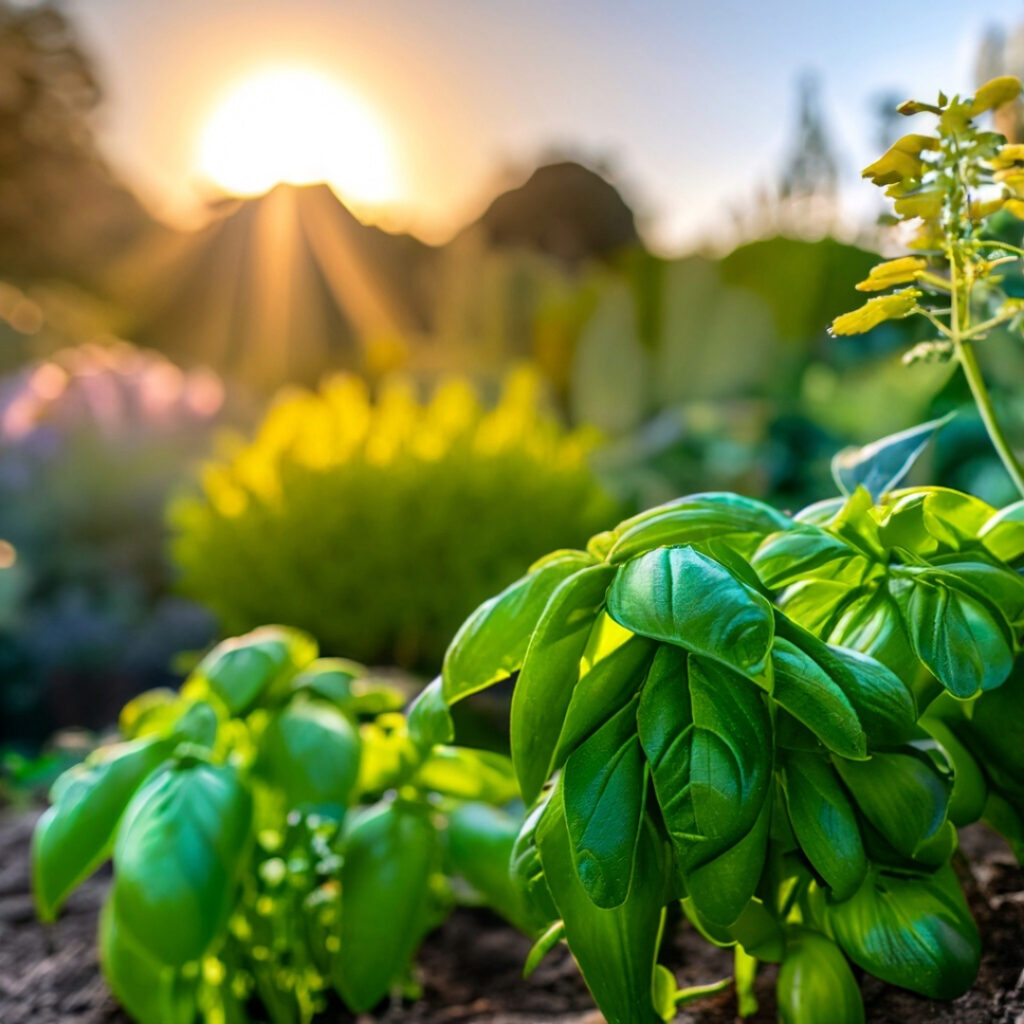
Hot and dry weather will necessitate more frequent watering. On the flip side, you might want to cut back during rainy or cooler periods.
💧 Watering Wisdom: Use a soil moisture meter to take the guesswork out of watering. It’s a game-changer! 💧
Does Basil Like Sun or Shade?
Basil thrives in full sun but can tolerate partial shade. However, too much shade can lead to leggy plants with less flavor. Aim for at least 6 hours of sunlight a day for optimal growth.
Understanding these factors will help you tailor your watering schedule to meet your basil plant’s specific needs. Happy gardening!
Signs Your Basil Needs Water
Watering your basil just right is a bit of an art form. But how can you tell if you’re hitting the mark? Let’s explore the telltale signs that your basil plant is either gasping for a drink or drowning in excess.
Signs of Underwatering
- Drooping leaves
- Brittle stems
- Slow growth
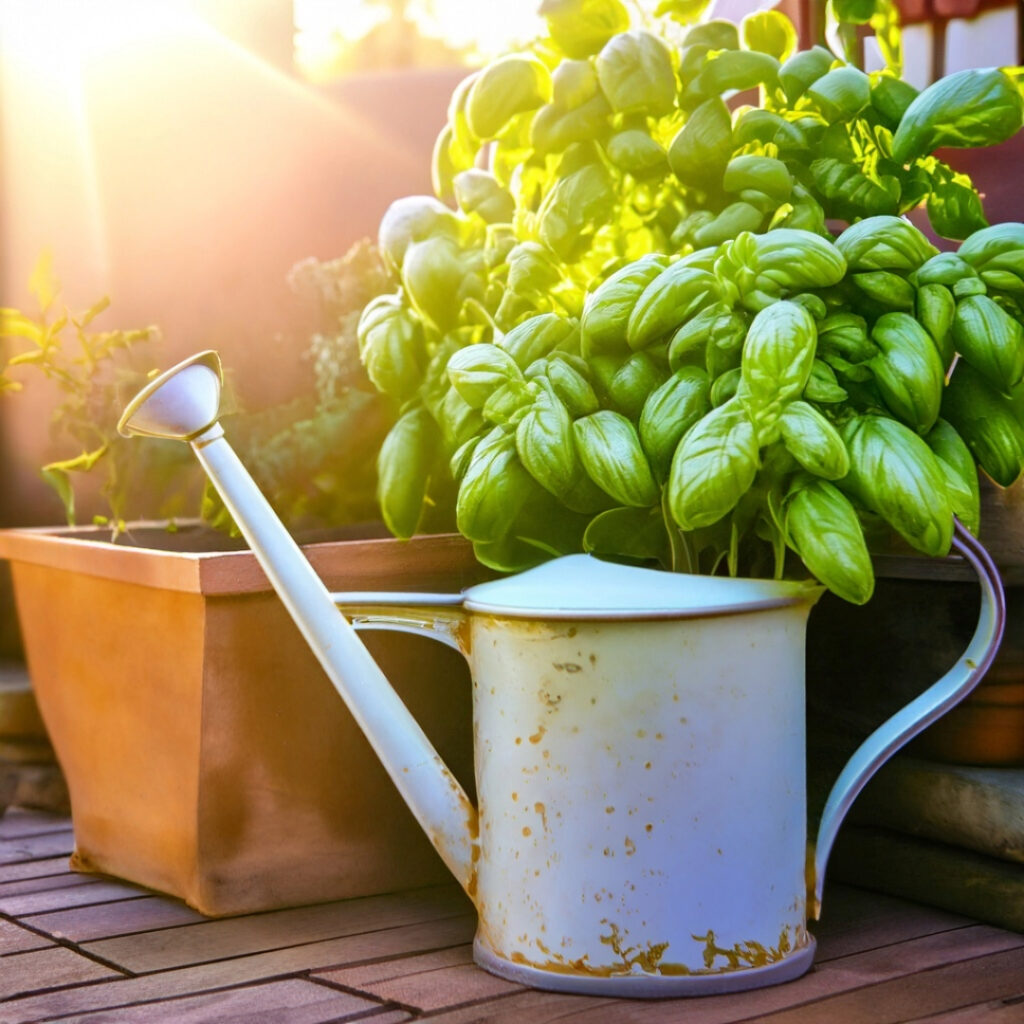
What Causes Basil to Droop?
One of the most common signs of underwatering is drooping leaves. If your basil looks a bit sad and wilted, it’s likely screaming for some H2O. However, drooping can also be a sign of overwatering, so it’s crucial to check the soil moisture.
Signs of Overwatering
So, what are the signs of overwatering basil? Overwatering can lead to:
- Yellow leaves
- Root rot
- Mold growth
💧 Watering Wisdom: If you’re unsure about the soil’s moisture level, stick your finger an inch into the soil. If it feels dry, it’s time to water. 💧
Being mindful of these signs will help you strike the perfect balance between overwatering and underwatering, ensuring your basil plant thrives.
How to Water Basil Effectively
So you’ve got your basil plant, and you’re eager to see it flourish. But the question remains: how do you water it effectively? Let’s dive into the two main methods: top watering and bottom watering.
Top Watering
Top watering is the most straightforward method. Simply pour water onto the soil surface until it starts to drain from the bottom of the pot. But be cautious; too much water can lead to root rot.
Should You Water Basil from Top or Bottom?
Both methods have their merits. Top watering is quick and easy, while bottom watering ensures that the roots absorb moisture more evenly. Your choice may depend on your basil’s specific needs and your own convenience.
Bottom Watering
- Fill a tray with water.
- Place the pot in the tray.
- Allow the soil to soak up the water for 30 minutes.
Should I Water My Basil Plant Everyday?
No, you shouldn’t water your basil plant every day. Overwatering can be as detrimental as underwatering. The key is to keep the soil moist but not waterlogged. A general rule is to water when the top 1-2 inches of soil feel dry to the touch.
💧 Watering Wisdom: Use a water meter or your finger to check the soil’s moisture level. If it feels dry an inch (2.5 cm) down, it’s time to water. 💧
By understanding these methods and tailoring your watering schedule to your basil’s needs, you’ll be well on your way to growing a lush, aromatic plant.
Basil Watering Mistakes to Avoid
Watering basil might seem like a no-brainer, but there are pitfalls even the most seasoned gardeners can fall into. Let’s explore some common mistakes to steer clear of.
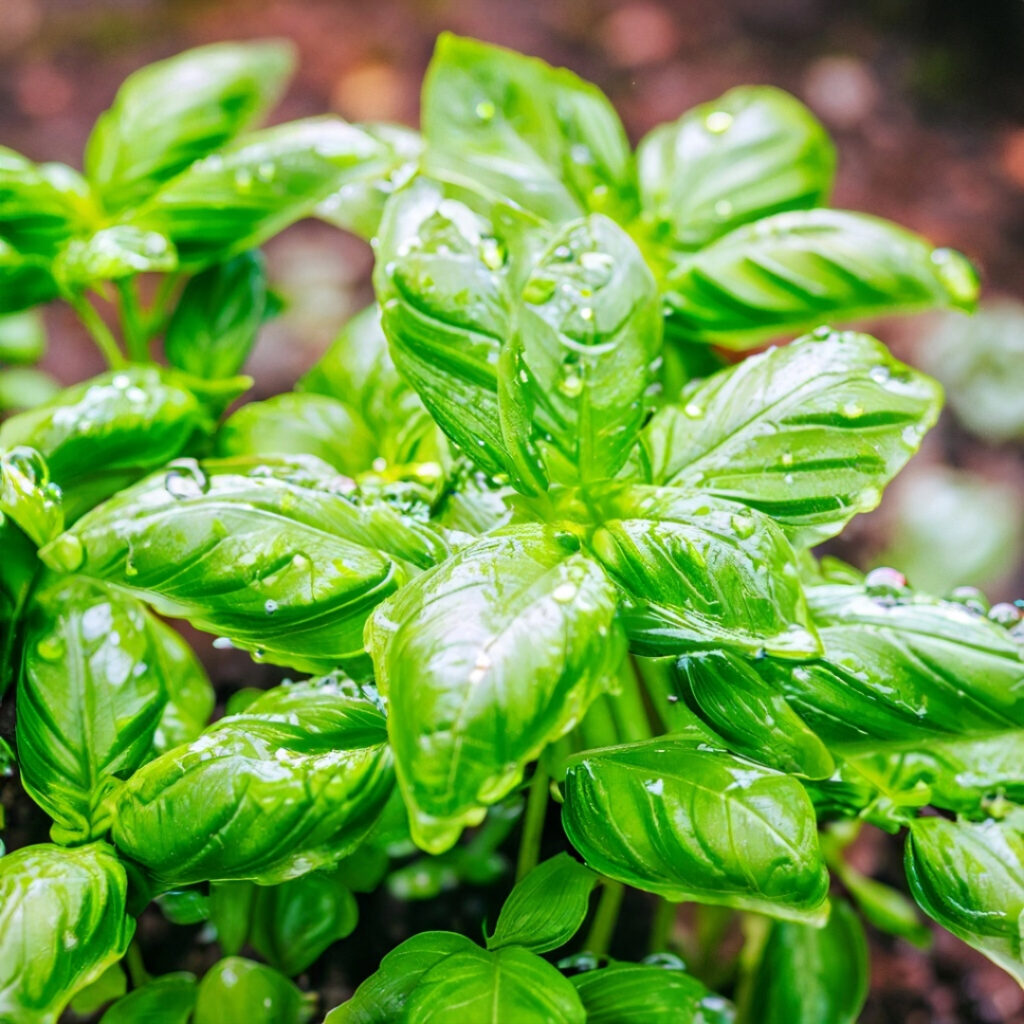
Overwatering
Yes, plants need water, but can basil be overwatered? Absolutely! Overwatering can lead to root rot and a host of other issues. If your basil’s leaves are yellow and droopy, you might be loving it a bit too much with the H2O.
Under-Watering
On the flip side, under-watering can also be detrimental. Basil plants like their soil to be consistently moist but not waterlogged. If you forget to water, the plant will wilt and may not recover.
What Happens If I Forgot to Water My Basil Plant?
If you forget to water your basil, the leaves will wilt and may turn brown. While basil is somewhat forgiving, consistent neglect can lead to a weakened plant more susceptible to diseases.
💧 Watering Wisdom: To avoid overwatering, stick your finger into the soil up to one inch (2.54 cm). If it feels dry, it’s time to water. If it’s wet, hold off. 💧
By avoiding these common watering mistakes, you’ll set your basil plant on the path to a healthy, aromatic life.
Basil in Pots vs. Garden
Whether you’re growing basil in pots or letting it flourish in your garden, knowing how to water each setup is crucial for a thriving plant. Let’s dive into the differences.
Watering Potted Basil
How often do you water potted basil? Potted basil generally requires more frequent watering than garden basil. This is because pots can dry out faster, especially if they’re small or made of porous materials like terracotta.
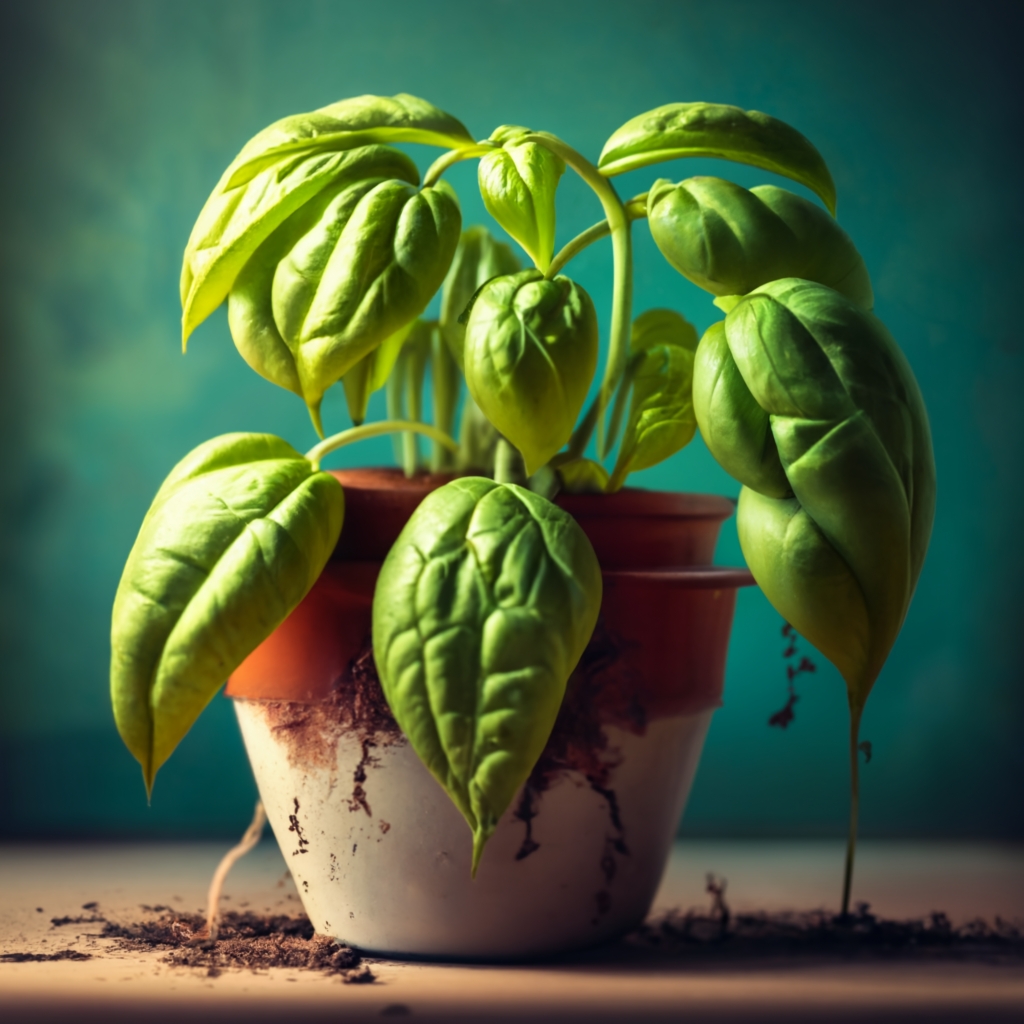
Watering Garden Basil
Garden basil has the advantage of a more stable environment. The soil retains moisture longer, meaning you might only need to water it once a week, depending on the weather.
How Long Will a Potted Basil Plant Last?
A well-cared-for potted basil plant can last up to a year or even longer. However, it’s essential to repot it every 6-8 months to ensure optimal growth.
💧 Watering Wisdom: For potted basil, consider using a saucer to catch excess water. This allows the plant to absorb moisture as needed.
Whether you’re a pot person or a garden guru, understanding the specific watering needs of your basil will make all the difference in its growth and flavor.
Conclusion
So, there you have it, a comprehensive guide on how often do you water basil. Whether you’re growing basil in pots or in the garden, understanding its unique watering needs is crucial for a thriving plant.
- Watering Frequency: Varies based on factors like age, location, soil type, and weather.
- Signs of Need: Overwatering and underwatering have distinct signs. Pay attention to your plant’s leaves and soil.
- Effective Methods: Both top and bottom watering have their merits. Choose the one that suits your setup.
- Common Mistakes: Overwatering and forgetting to water can lead to a less-than-happy basil plant.
💧 Watering Wisdom: Always check the top 1-2 inches of soil before watering. If it’s dry, it’s time to water your basil. 💧
Remember, a well-watered basil plant is a happy basil plant. Happy gardening!
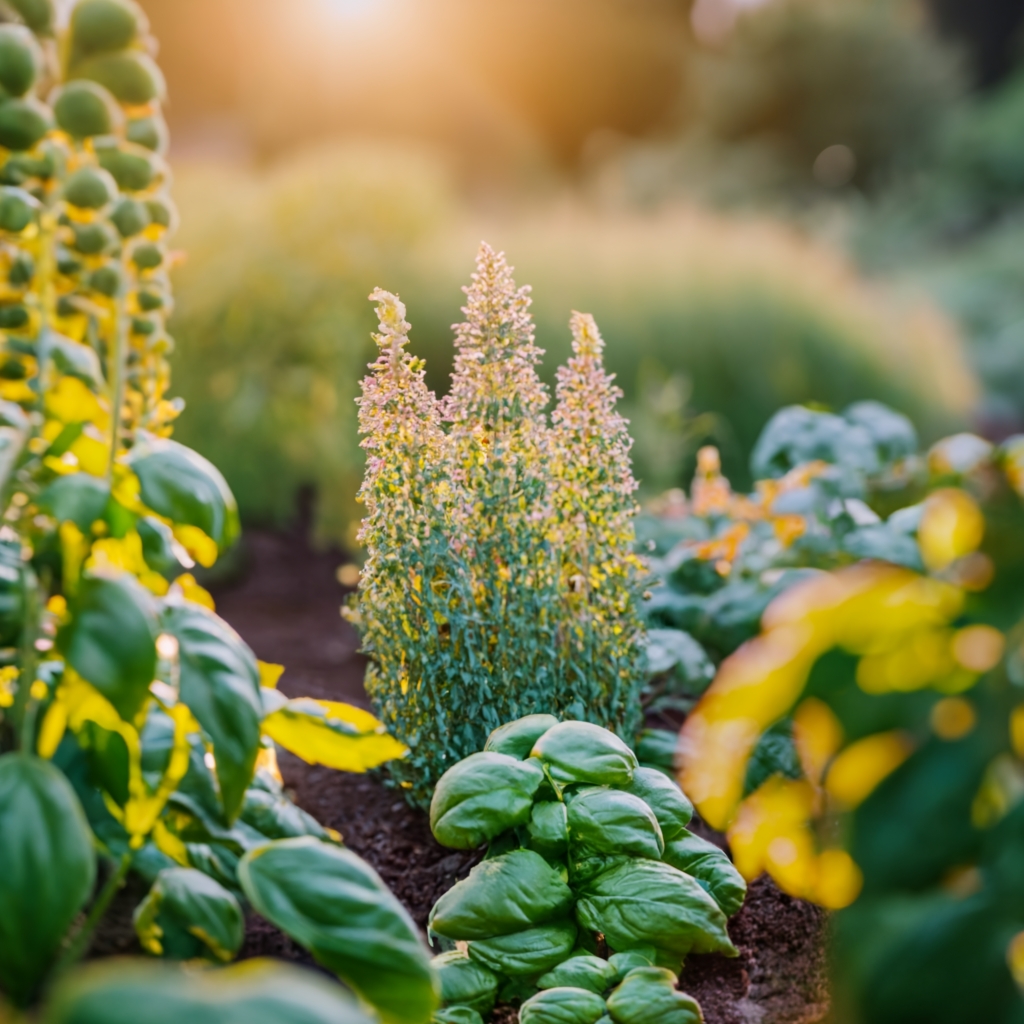
FAQs
Can Basil Survive in Direct Sunlight?
Yes, basil loves sunlight but prefers not to be in direct, scorching sun all day. Aim for at least 6 hours of indirect sunlight.
Is Fertilizer Necessary for Basil?
While basil isn’t too picky, a balanced fertilizer can give it a growth boost. Use one that’s high in nitrogen for lush leaves.
💧 Watering Wisdom: Use organic fertilizers for a more sustainable approach. 💧
How Long Does It Take for Basil to Grow?
From seed to harvest, basil typically takes around 50-75 days. However, this can vary based on growing conditions.
Is Basil Perennial?
Basil is generally an annual plant, meaning it completes its life cycle in one growing season. However, in warmer climates, it can act as a perennial.
Can You Grow Basil Indoors?
Absolutely! Just make sure it gets enough light and isn’t overwatered. A sunny windowsill is often sufficient.
